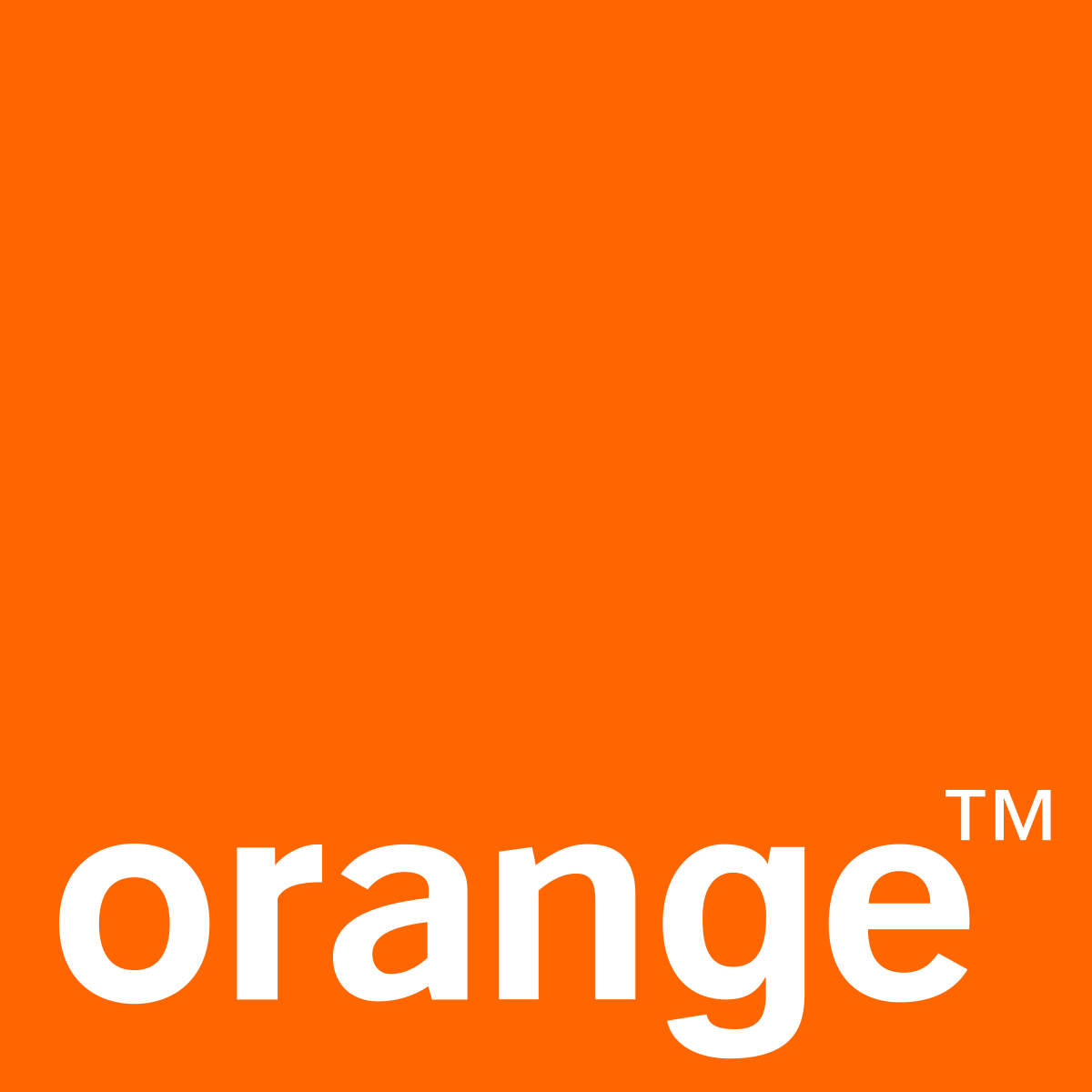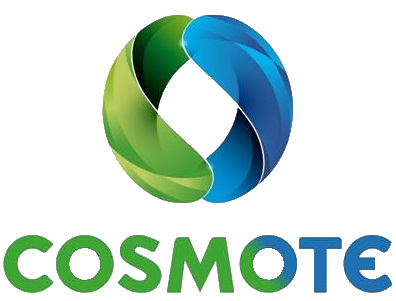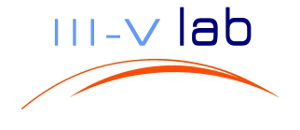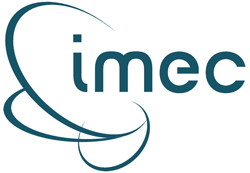5G-PHOS aims to develop novel 5G broadband fronthaul architectures and evaluate them for Ultra-Dense and Hot-Spot areas exploiting the recent advances in optical technologies towards producing a powerful photonic integrated circuit technology toolkit. It aims to capitalize on novelties in InP transceiver, Triplex optical beamformers and multi-bitrate optical communications into next generation fronthaul in order to migrate from CPRI-based to integrated Fiber-Wireless packetized C-RAN fronthaul supporting mm-Wave massive MIMO communications. Triplex optical beamformers and multi-bitrate optical communications into next generation fronthaul in order to migrate from CPRI-based to integrated Fiber-Wireless packetized C-RAN fronthaul supporting mm-Wave massive MIMO communications.
5G-PHOS expects to release a seamless, interoperable, RAT-agnostic and SDN-programmable FiWi 5G network that supports 64×64 MIMO antennas in the V-band and exploits offers a) up to 400 Gb/s wireless peak data rate in ultra-dense networks, adopting optical Spatial-Division-Multiplexed solutions on top of the emerging 25 Gb/s PON infrastructures, delivering a packetized integrated FiWi fronthaul network and b) 100 Gb/s wireless peak data rate in Hot-Spot areas, showcasing the benefits of WDM technology and packetized fronthauling in private C-RAN solutions. These blocks will be integrated towards architecting 5G networks for Ultra-Dense and Hot-Spot use cases, evaluating their performance in lab and field experiments at the deployed network of Greek telecom operator COSMOTE, at the Orange Labs in Lannion, France and at the stadium of P.A.O.K. F.C. in Thessaloniki, Greece.
5G-PHOS will shape new network concepts that will be validated in a range of scalable lab- and field-trial demonstrators and will introduce new business models and opportunities converting them into tangible market outcomes by its industrial consortium partners. 5G-PHOS’ outcomes will be demonstrated through different network use cases that have the highest probability to enter first the 5G era, tailored to serve the 5G network requirements both in performance as well as in business models and economic viability. 5G-PHOS is also expected to achieve a significant impact on various relevant standardization groups by virtue of its substantial technological outputs and time-alignment with 5G standardization and deployment roadmaps. Finally, 5G-PHOS aims to make a major step forward towards increasing the economic and social wellbeing of European citizens by providing its cost-effective, energy-efficient 5G network solutions for high-density use cases.

















